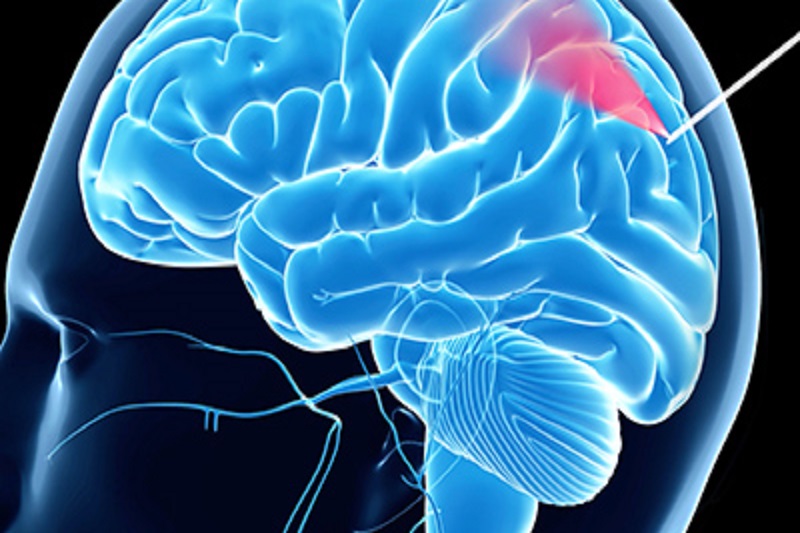
Great potential was demonstrated by a biopsy needle in reducing the risk of dangerous brain bleeds in patients undergoing brain biopsy as it has undergone initial tests on humans.
According to a recent report, the ‘imaging needle’ can help surgeons identify and avoid blood vessels in the brain during surgery.
A team of researchers and clinicians, led by the University of Adelaide, describe how the tiny imaging needle can detect blood vessels with a very high degree of accuracy, 91.2% sensitivity and 97.7% specificity.
Published in the journal Science Advances, the researchers describe how they produced the imaging device with a tiny fibre-optic camera encased within a brain biopsy needle.
Led by researchers from the ARC Centre of Excellence for Nanoscale BioPhotonics and the University of Adelaide’s Institute for Photonics and Advanced Sensing, the project is a collaboration with Sir Charles Gairdner Hospital.
The project originated out of work undertaken at the University of Western Australia.
Brain biopsies are a common procedure carried out to diagnose brain tumour and other diseases. It is a minimally invasive operation, but still carries the risk of damage to blood vessels that is potentially fatal.
The imaging needle allows the surgeons ‘see’ at-risk blood vessels as they insert the needle, allowing them to avoid causing bleeds.
The fibre-optic camera, having the size of a human hair, shines infrared light onto the brain tissue. The computer system behind the needle will then identify the blood vessel and alerts the surgeon.
An initial validation with 11 patients at Sir Gairdner Hospital in Western Australia has been done by the imaging needle.
The patients were undergoing other types of neurosurgery and consented to allow the team to safely test how well the imaging needle was able to detect blood vessels during surgery.
This is the first reported use of such a probe in the human brain during live surgery. Moreover, it is the first step in the long process required to bring new tools like this into clinical practice.
Bleeds are a risk in many types of neurosurgery and there is a great opportunity for new technologies like this to help reduce those risks.
To have a tool that can see blood vessels, as one proceeds through the brain, would open up new vistas of things that can be done with neurosurgery.
These things are usually those that people do not currently trust their own hands to do.
The Institute for Photonics and Advanced Sensing (IPAS) has been created to bring together experimental physicists, chemists, material scientists, biologists, experimentally driven theoretical scientists and medical researchers to create new sensing and measurement technologies.




















